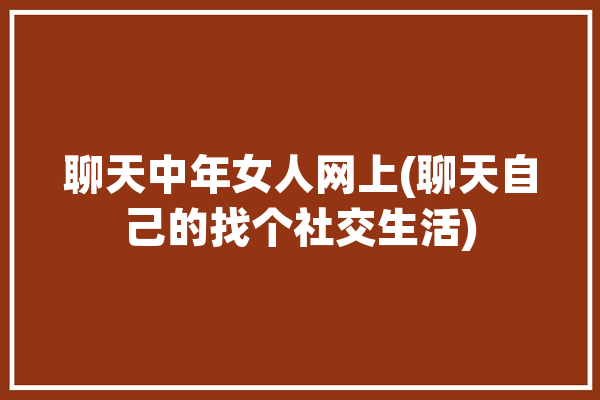@app.context_processordef inject_user(): return dict(user=g.user)上面的上下文处理器是一个名为 user 的变量在模板中可用,其值为 g.user。这个例子不是很有趣,因为g无论如何都可以在模板中使用,但它给出了它是如何工作的。变量不限于值;上下文处理器还可以使函数可用于模板(因为Python允许传递函数):@app.context_processordef utility_processor(): def format_price(amount, currency="€"): return f"{amount:.2f}{currency}" return dict(format_price=format_price)上面的上下文处理器使format_price函数可用于所有模板:{{ format_price(0.33) }}您还可以将format_price构建为模板筛选器,但这演示了如何在上下文处理器中传递函数。实现全站导航功能知道了上下文处理器的用法,实现这个功能就非常简单了。在RealProject目录的__init__.py中插入如下一个上下文回调函数
def inject_category(): # 上下文处理器回调函数 """ context_processor上下文处理器在呈现模板之前运行,并且能够将新值注入模板上下文。上下文处理器是返回字典的函数。 然后,对于应用程序中的所有模板,此字典的键和值将与模板上下文合并: """ from app.blog.models import Category categorys = Category.query.limit(6).all() return dict(categorys=categorys)这个函数通过limit()方法查询出前6个数据,并通过一个字典返回,之后我们还需要将该回调函数注册到app的工厂函数当中。def create_app(test_config=None): app = Flask(__name__, instance_relative_config=True) # 省略部分代码 # 全局上下文 app.context_processor(inject_category) return app在app/blog/templates/base.html中循环查出我们返回的数据即可<!-- 导航 -->{% block navbar %} <template> <b-navbar spaced shadow> <template #brand> <b-navbar-item> <img src="{{ url_for('blog.static', filename='img/logo.png') }}" alt="FlaskBlog"> </b-navbar-item> </template> <template #start> <b-navbar-item href="/" {% if request.path == '/' %}active {% endif %}> 首页 </b-navbar-item> <!-- 查询菜单数据 --> {% for cate in categorys %} <b-navbar-item href="#"> {{ cate.name }} </b-navbar-item> {% endfor %} </template> <!-- ...省略部分代码 --> </b-navbar></template>{% endblock navbar %}<!-- 导航 end -->实现首页视图数据在app/blog/views.py文件中的index首页视图函数中实现def index(): """首页视图 """ page = request.args.get('page', 1, type=int) pagination = Post.query.order_by(-Post.add_date).paginate(page, per_page=9, error_out=False) post_list = pagination.items import random imgs = ['图一url', '图二url', '图三url'] for post in post_list: post.img = random.sample(imgs, 1)[0] # post.img = random.choice(imgs) return render_template('index.html', posts=post_list, pagination=pagination)这个视图函数中的查询逻辑在实现文章管理的时候已经实现过,这里唯一不同的区别就是我给这个返回数据新增了一个img的属性,因为在数据库我们没有设计文章形象图字段,我们用这种方式弥补,在imgs的列表中预设一些图片的url地址,之后随机抽取一个赋值给img属性,这样在模板中直接调用这个img属性就会获取到图片的url!在app/blog/templates/base.html中替换相关循环数据<div class="columns is-multiline"> {% for post in posts %} <div class="column is-4-fullhd is-6-desk"> <div class="card"> <div class="card-image"> <figure class="image is-4by5"> <img src="{{ post.img }}" alt="Placeholder image"> </figure> </div> <div class="card-content"> <div class="content"> <p class="title is-4"><a href="">{{ post.title }}</a> </p> <p class="has-text-grey subtitle is-size-6"> {{ post.desc }} </p> <time class="has-text-grey" datetime="{{ post.add_date }}">{{ post.add_date }}</time> </div> </div> </div> </div> {% endfor %}</div>最终效果:
(图片来源网络,侵删)








0 评论